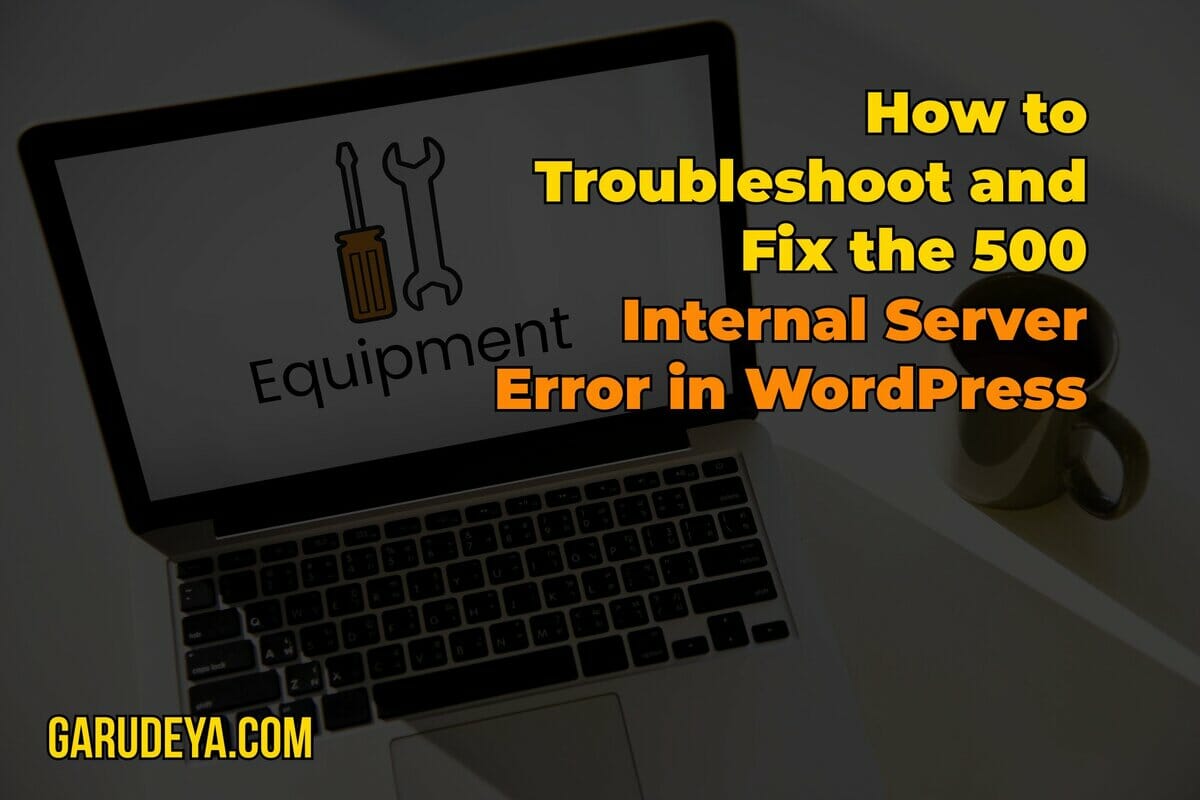Do you want to know how to make a WordPress database backup manually without using a WordPress plugin?
Knowing the manual method allows you to quickly create a database backup whenever you need it.
In this article, we will show you how to make a WordPress database backup manually.
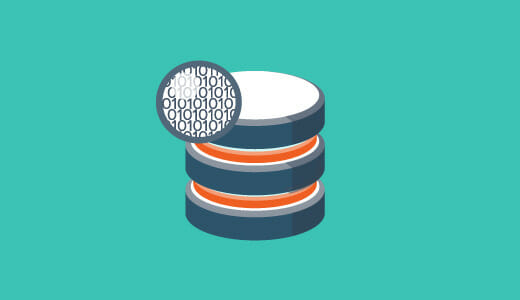
When and Why Make a WordPress Database Backup Manually
You should always install and setup a WordPress backup system for your site. This allows you to restore your site should something go wrong.
Many users lose access to their WordPress admin area after a hack attempt or some plugin error. In these cases, most tutorials recommend that you create a complete WordPress backup.
However, since you cannot access the admin area, it would be hard for you to use a plugin for backups. This is where knowing how to make a WordPress database backup manually comes in handy.
A manual database backup is exactly the same as the database backups created by a plugin.
Having said that, let’s take a look at how to easily make a WordPress database backup manually.
Backing Up WordPress Database Manually Using phpMyAdmin
For this method, we will be using phpMyAdmin. It is an open source software that allows you to manage your MySQL database using a web based interface.
phpMyAdmin comes pre-installed on most WordPress hosting providers including Bluehost, the most popular web hosting service recommended by WordPress.org.
First, you need to login to your WordPress hosting control panel. Upon login, click on phpMyAdmin under the ‘Advanced’ section.

This will launch phpMyAdmin window. Make sure your WordPress database is selected inside phpMyAdmin. If it isn’t, then click on your WordPress database name to select it. You will be able to see the list of WordPress database tables when it is selected.
Once your database is selected, click on the ‘Export’ tab from the top menu bar.
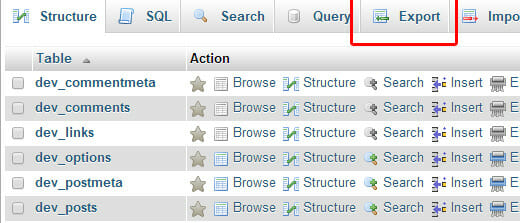
You will be asked to select the export method. You need to select ‘Custom’ as it will give you more options to explore.
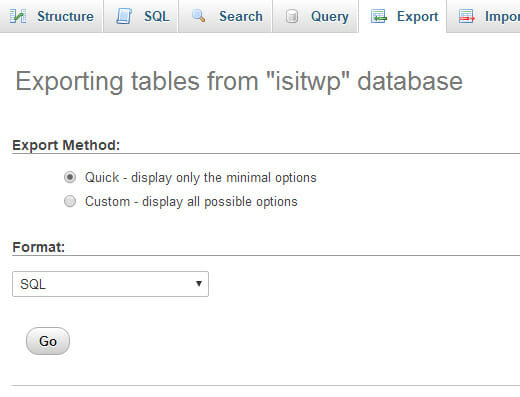
Once you choose the Custom option, it will show all your tables in your WordPress database as selected.
Sometimes WordPress plugins add their own tables to your database. If there are any tables that you would like to exclude from export, then you can deselect them. If you are unsure, then it is better to keep them all selected.
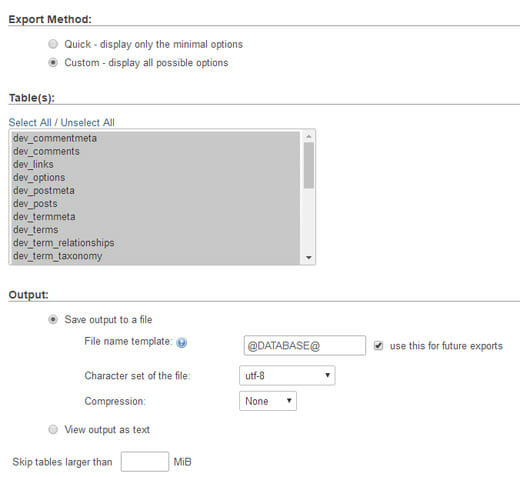
Scroll down to the ‘Output’ section. By default, phpMyAdmin will show you the output of the export process as text. You need to change that by selecting ‘Save output to a file’ option. For compression you need to select zipped or gzipped option.
Now you need to scroll down to the bottom of the page and click on the ‘Go’ button.
phpMyAdmin will now send you the database export as zip or gzip file.
That’s all, you have successfully made a manually WordPress database backup.
Creating a Manual WordPress Database Backup from cPanel
Most good WordPress hosting companies also offer easier ways to download on demand backups. Here is how you can use that to make a manual WordPress database backup.
Simply login to your hosting control panel and scroll down to the ‘Files’ section where you will see the ‘Backup’ button. Hosting providers like Bluehost, SiteGround, and HostGator all have similar options.
On the backups page, scroll down to partial backups section and click on your database name to download your database backup file.
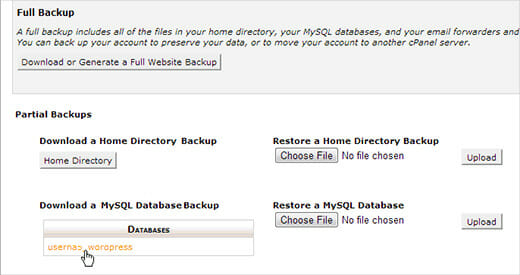
You can also download your WordPress files backup from this page if you need to.
Editor’s Note: You can make WordPress database backups manually, but keep in mind that it is not an alternative to a proper backup solution for your WordPress site.
There are situations when you may not have access to your WordPress database at all. Like if your hosting company suspends your account, or loses your data.
Another possible scenario is when some hacker has injected data in your WordPress database, cleaning an infected database would be a lot more difficult.
Use a proper backup plugin to automatically store your WordPress database backups on the cloud. We recommend using Duplicator, it automatically creates and stores your backups on a cloud storage service like Google Drive, Dropbox, OneDrive, and more.
See this guide on how to automatically back up WordPress for detailed instructions.
That’s all, we hope this article helped you learn how to make a WordPress database backup manually. You may also want to see our guide on how to restore your WordPress site with just a database backup or our expert picks of the best WordPress database plugins.
If you liked this article, then please subscribe to our YouTube Channel for WordPress video tutorials. You can also find us on Twitter and Facebook.


